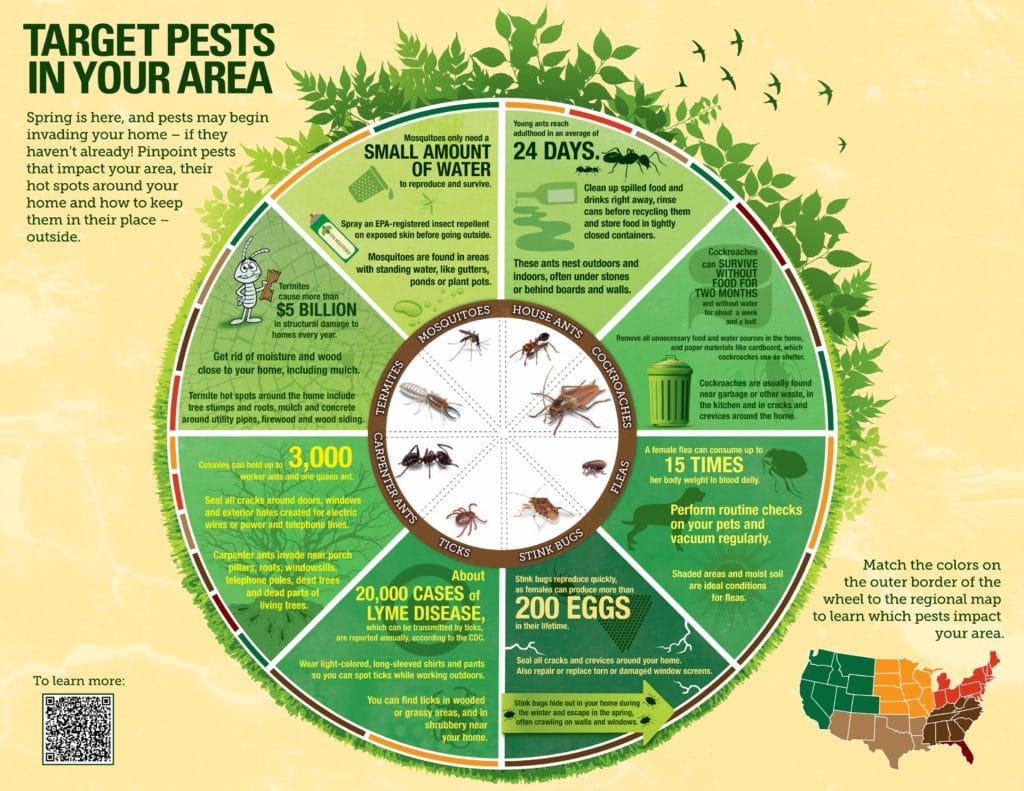Rodent-Proofing Your Attic: Necessary Tips For Homeowners
Rodent-Proofing Your Attic: Necessary Tips For Homeowners
Blog Article
please click for source -Silver Blankenship
Picture your attic as a comfy Airbnb for rodents, with insulation as fluffy as hotel cushions and wiring more luring than room service. Currently, envision these unwanted visitors tossing a wild event in your home while you're away. As a house owner, guaranteeing your attic is rodent-proof is not just about assurance; it's about safeguarding your residential or commercial property and liked ones. So, what easy steps can you take to protect your shelter from these hairy burglars?
Evaluate for Access Details
To start rodent-proofing your attic room, evaluate for entrance points. Start by carefully checking out the outside of your home, seeking any kind of openings that rodents can make use of to get to your attic. Look for voids around utility lines, vents, and pipes, as well as any type of cracks or holes in the foundation or home siding. Make sure to pay close attention to locations where different structure materials fulfill, as these are common entrance factors for rodents.
Additionally, inspect the roof covering for any damaged or missing shingles, as well as any kind of voids around the sides where rats can press through. Inside the attic, try to find indicators of existing rodent activity such as droppings, ate cords, or nesting products. Utilize a flashlight to thoroughly check dark edges and concealed spaces.
Seal Cracks and Gaps
Examine your attic room thoroughly for any type of splits and gaps that require to be secured to stop rats from getting in. Rodents can squeeze via even the smallest openings, so it's important to seal any kind of prospective entrance factors. Check around pipes, vents, cable televisions, and where the wall surfaces meet the roofing system. Use a mix of steel woollen and caulking to seal these openings efficiently. Steel wool is an excellent deterrent as rats can't chew via it. Guarantee that all gaps are tightly sealed to reject access to undesirable insects.
Don't neglect the significance of sealing gaps around windows and doors too. Use weather condition stripping or door sweeps to seal these areas effectively. Examine the locations where utility lines enter the attic room and seal them off utilizing an appropriate sealant. By taking the time to seal all fractures and voids in your attic room, you produce a barrier that rodents will find tough to breach. Avoidance is type in rodent-proofing your attic room, so be complete in your initiatives to seal any kind of potential entry points.
Remove Food Resources
Take positive actions to remove or store all prospective food sources in your attic room to prevent rats from infesting the area. just click the up coming web site are brought in to food, so removing their food sources is vital in maintaining them out of your attic.
Below's what you can do:
1. ** Shop food securely **: Stay clear of leaving any food things in the attic. Store all food in airtight containers made of metal or heavy-duty plastic to stop rats from accessing them.
2. ** Tidy up particles **: Remove any kind of heaps of debris, such as old newspapers, cardboard boxes, or timber scraps, that rodents can utilize as nesting product or food resources. Keep the attic room clutter-free to make it less appealing to rodents.
3. ** Dispose of rubbish appropriately **: If you utilize your attic room for storage and have garbage or waste up there, make sure to deal with it routinely and appropriately. Rotting garbage can attract rodents, so keep the attic room tidy and devoid of any natural waste.
Final thought
Finally, bear in mind that an ounce of avoidance deserves a pound of remedy when it pertains to rodent-proofing your attic room.
By putting in the time to evaluate for entrance points, seal cracks and gaps, and eliminate food sources, you can keep undesirable bugs at bay.
Keep in mind, 'An ounce of avoidance deserves a pound of treatment' - Benjamin Franklin.
Remain positive and secure your home from rodent invasions.
